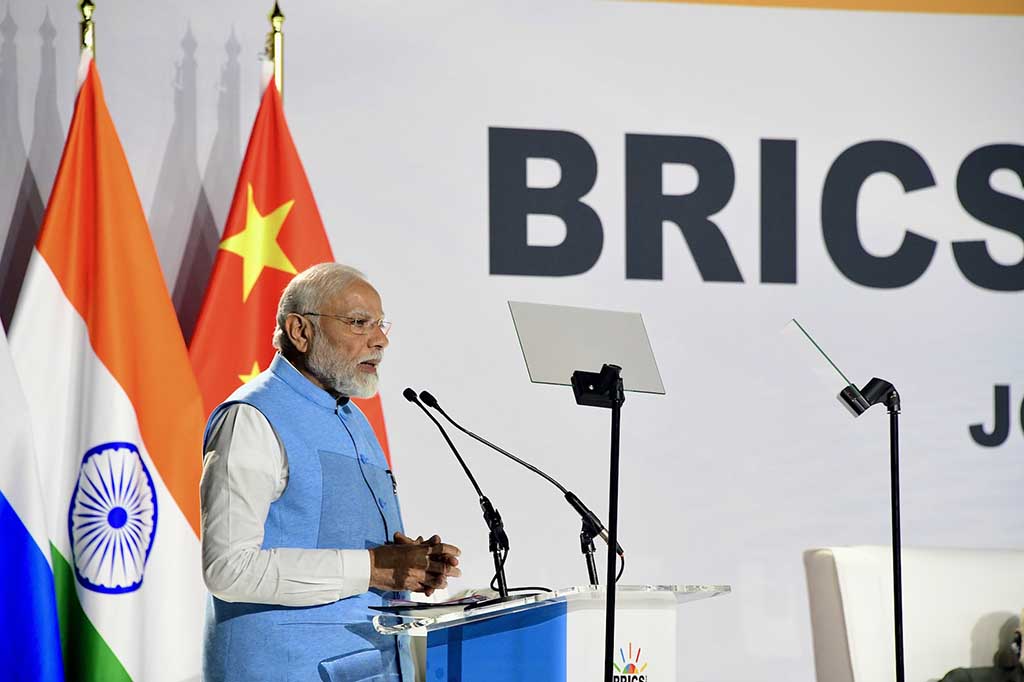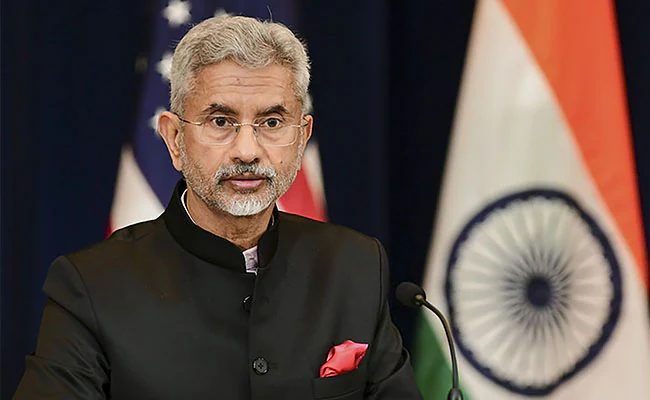India Defies Trump, Doubles Down on BRICS Dollar Dethroning Moves
BRICS nations just flipped the script—again. India confirms it's accelerating de-dollarization efforts, despite Washington's pressure campaign. Here's why it matters.
The Dollar's Dominance on Thin Ice
New Delhi isn't blinking. Even as former U.S. President Trump ramps up rhetoric, India's pushing harder for trade settlements in local currencies. The BRICS playbook? Bypass greenback bottlenecks entirely.
Geopolitical Chess with Crypto Vibes
This isn't about petty politics—it's liquidity warfare. Every rupee-ruble deal chips away at SWIFT's monopoly. And let's be real: central bankers hate that more than Bitcoin maximalists hate stablecoins.
The Ironic Twist
Western sanctions created this mess. Now BRICS nations are doing to the dollar what DeFi did to traditional banks—disintermediating the middleman. Poetic justice for finance bros who still think petrodollars are forever.
India Confirms BRICS Talks On Currency Shift Amid US Pressure

Official Confirmation of Currency Alternatives
At a recent media briefing, Ministry of External Affairs spokesperson Randhir Jaiswal was asked about India’s BRICS de-dollarization efforts and he clarified the nation’s position on these discussions.
Jaiswal stated:
He also made it clear what the scope of these discussions actually involves:
This confirmation came as BRICS nations are exploring the BRICS currency framework while they’re also trying to maintain diplomatic balance with Western powers. The discussions have been ongoing for some time now, and they seem to be gaining momentum despite external pressures.
Trump Administration’s Economic Pressure
The current administration has actually escalated threats against nations pursuing the de-dollarization movement quite significantly. Trump previously warned BRICS countries that they WOULD face severe economic consequences if they attempt to replace the US dollar in international transactions.
Trump’s BRICS tariffs threats emerged right after Russian President Vladimir Putin proposed creating a new BRICS investment platform at a recent summit. Trump’s warnings included increased tariffs on countries supporting what he termed “Anti-American policies of BRICS,” and member nations take these threats seriously.
India’s Strategic Position on Currency Reform

Foreign Minister S. Jaishankar has been maintaining India’s cautious approach to BRICS de-dollarization initiatives, and his position reflects broader concerns about economic stability.
Jaishankar stated:
India has actually experimented with rupee settlement mechanisms, particularly for trade with sanctioned countries like Russia. However, currency stability remains a major concern as the rupee has weakened from 73 to 85 against the dollar over the past five years, which creates exchange rate risks.
Economic Dependencies Shape Currency Policy Decisions
The long-term development aspirations of the country depend on Western technology and investment and as such, total decoupling of the dollar-dominated systems by the country is currently an economically risky undertaking. India too fears that the Chinese influence will increase in case BRICS currency system comes up as China is already more powerful in a New development bank and its influence is skyrocketing through yuan settlements.
The dollar makes about 54 percent of international trade calls and other currencies are not that stable, which makes general use impossible. However, over 50 nations now use yuan, rupee, ruble, not US dollars in trade.
The stance of India on the de-dollarization movement represents this fact as being supportive of a slow process of diversifying the monetary convention instead of the revolution of its monetary system. India’s position to the debate surrounding Trump’s BRICS tariffs demonstrates how difficult the shift between resisting the monetary hegemony of the US and the stability of the economy-reliant relationship structures are.
The foreign policy of the country in the BRICS setting underlines its orientation on practical collaboration rather than revolutionary change, which guarantees the further enhancement of Western capital and technology and the simultaneous promotion of multilateral financing projects that can make the dependence on the dollar less observable in the long-term framework.

